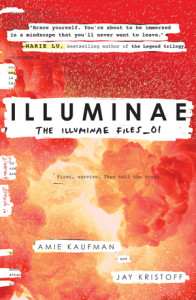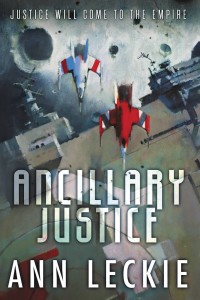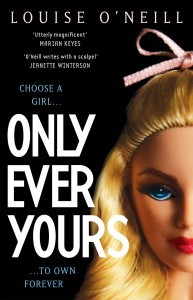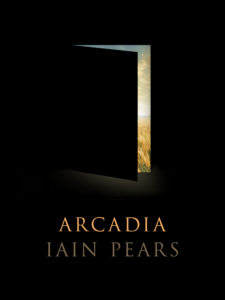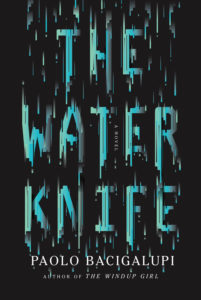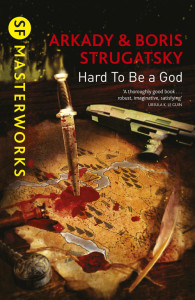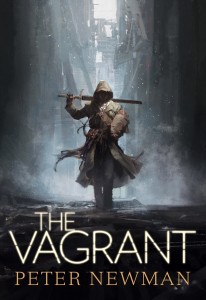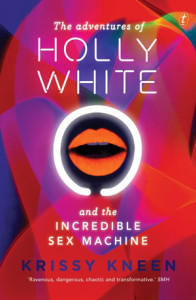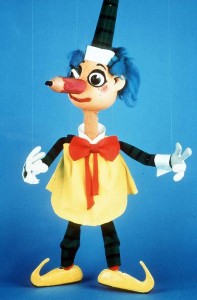Hachette
March 2016
 Headline news 1858: Conrad Wernyhora and Carlotta Xanthea launch a rocket, by cannon, into space. By cannon! Can you imagine anything more majestic, more magnificent, more momentously transcendent, than space travel via cannon? The world of Radiance is not the world we know, bound by practical concepts of physics and fusion, but the fantasy of a world we wish could have been. It takes Georges Méliès’s A Trip to the Moon and asks, “What if?” We step back in time, mid-1800s, when the technology of modernity started to bloom. A few tweaks, a snip here, a mod there, and we step forward again.
Headline news 1858: Conrad Wernyhora and Carlotta Xanthea launch a rocket, by cannon, into space. By cannon! Can you imagine anything more majestic, more magnificent, more momentously transcendent, than space travel via cannon? The world of Radiance is not the world we know, bound by practical concepts of physics and fusion, but the fantasy of a world we wish could have been. It takes Georges Méliès’s A Trip to the Moon and asks, “What if?” We step back in time, mid-1800s, when the technology of modernity started to bloom. A few tweaks, a snip here, a mod there, and we step forward again.
Behold, the moving image!, but now Hollywood has colonised the moon, and the planets and remaining satellites wave the national flags of pre-WW1 powers. An enforcement of patent law means that colour film and sound have never caught on, and a vaudevillian aesthetic permeates the cultural form. To say that Radiance is set in a sumptuous, theatrical solar system of luscious impossibilities is to put it lightly. Continue reading


